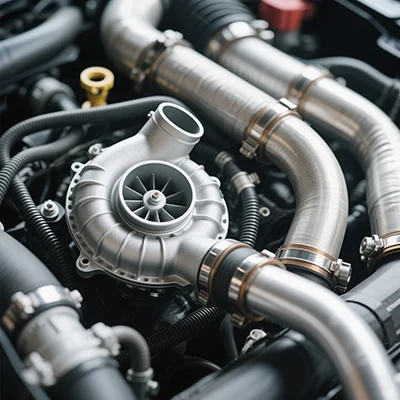In the realm of printing technology, laser printers have carved out a significant niche, particularly in office environments where speed and efficiency are paramount. However, while they offer numerous advantages, such as high-quality output and cost-effectiveness for high-volume printing, it is crucial to consider the potential downsides before making a purchase. This article delves into the lesser-known negatives of laser printers, providing a comprehensive overview for potential buyers.
- Initial Cost and Maintenance Expenses
One of the most immediate drawbacks of laser printers is their initial purchase price. Compared to inkjet printers, laser models tend to be more expensive. This higher upfront cost can be a deterrent for small businesses or individuals with limited budgets. Furthermore, while laser printers are designed for high-volume printing, the cost of toner cartridges can add up significantly over time. Unlike inkjet cartridges, which can be replaced individually, laser printers often require the replacement of multiple toner cartridges, leading to increased maintenance costs.
- Size and Weight Considerations
Laser printers are generally bulkier and heavier than their inkjet counterparts. This can pose a challenge for users with limited space or those who require portability. The larger footprint of laser printers means they may not fit comfortably on smaller desks or in compact office environments. Additionally, their weight can make them cumbersome to move, which is a consideration for businesses that may need to relocate equipment frequently.
- Warm-Up Time and Speed Variability
While laser printers are known for their speed, they do have a warm-up time that can be inconvenient, especially in fast-paced office settings. When powered on, a laser printer may take several seconds to heat up before it can begin printing. This delay can be frustrating for users who need to print documents quickly. Moreover, the speed of printing can vary based on the complexity of the document. For instance, printing high-resolution images or graphics may slow down the process, counteracting the printer's overall efficiency.
- Environmental Impact
Another significant concern surrounding laser printers is their environmental footprint. The printing process involves the use of toner, which is made from plastic and can contribute to environmental pollution if not disposed of properly. Additionally, the energy consumption of laser printers is typically higher than that of inkjet printers, particularly during the warm-up phase and while in standby mode. This increased energy usage can lead to higher electricity bills and a larger carbon footprint, raising questions about sustainability for environmentally conscious consumers.
- Limited Color Range and Quality for Photos
While laser printers excel in producing sharp text and graphics, they often fall short when it comes to photo printing. The color range and depth achievable with laser printers are generally inferior to that of high-quality inkjet printers, which utilize a wider spectrum of ink colors. For users who prioritize photo printing, this limitation can be a significant drawback. The inability to produce vibrant, true-to-life images may lead to dissatisfaction, particularly for photographers and graphic designers.
- Complexity of Repairs and Technical Issues
Laser printers can be more complex to repair than inkjet models. The intricate components, such as the laser assembly and imaging drum, may require specialized knowledge for troubleshooting and repairs. This complexity can lead to longer downtime in the event of a malfunction, which can be detrimental for businesses that rely heavily on printing. Additionally, the cost of professional repairs can be higher, further adding to the overall expense of ownership.
Conclusion
While laser printers offer numerous advantages, including speed, efficiency, and high-quality text output, it is essential to weigh these benefits against their potential drawbacks. From higher initial costs and maintenance expenses to environmental concerns and limitations in photo printing quality, understanding the negatives of laser printers can help consumers make informed decisions. Before investing in a laser printer, consider your specific printing needs, budget, and environmental impact to ensure that you choose the right device for your requirements.
